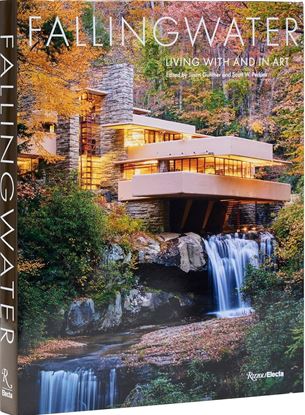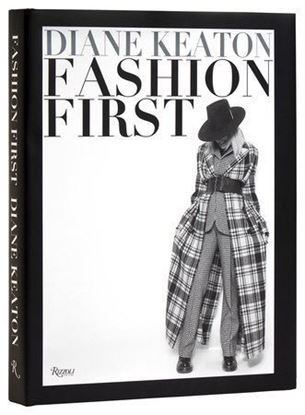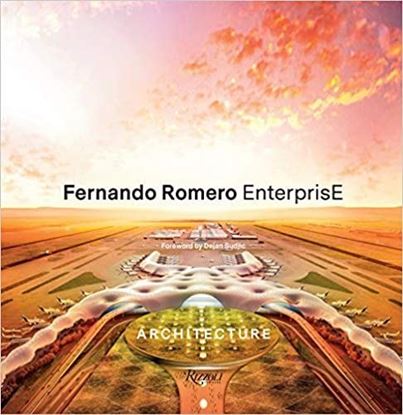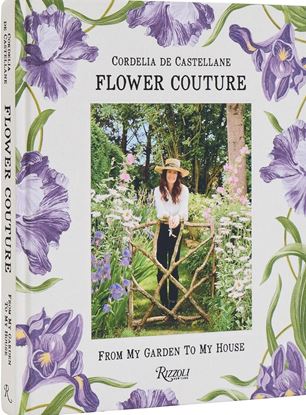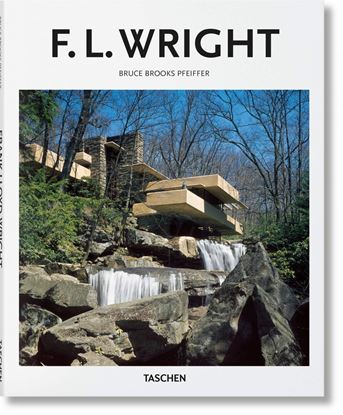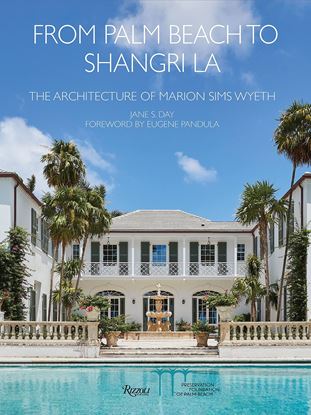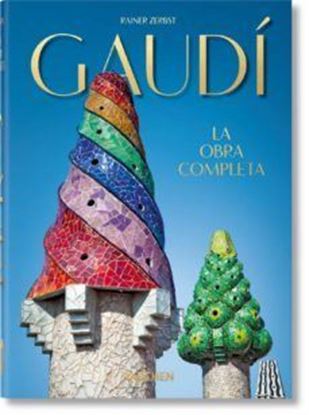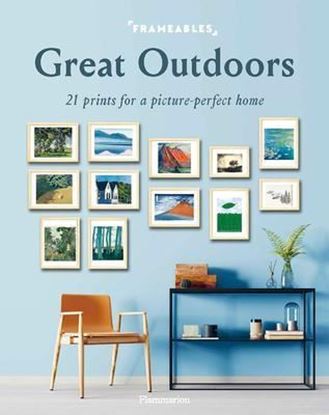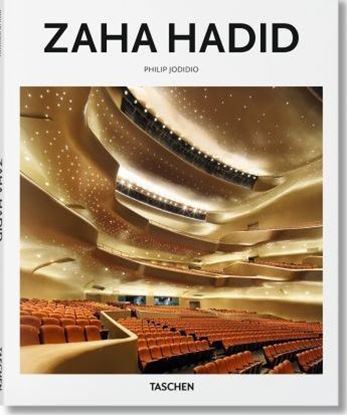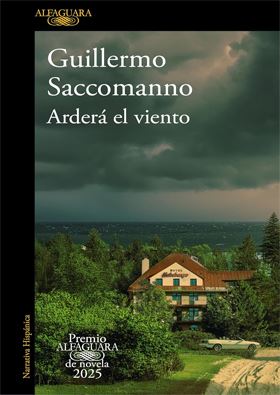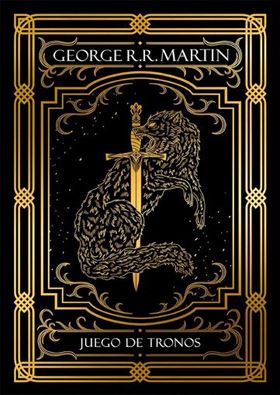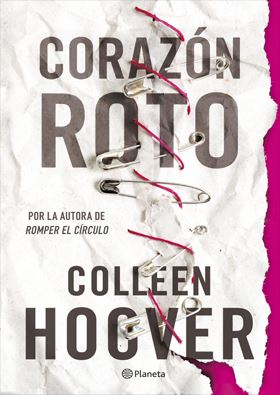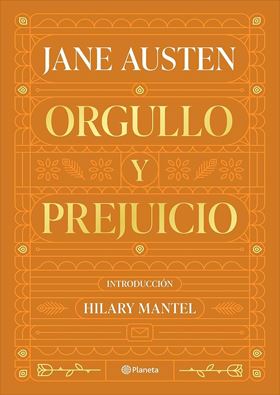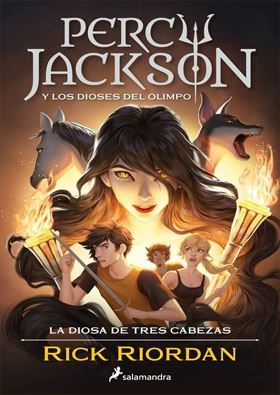

FALLINGWATER. LIVING WITH AND IN ART
Designed by Frank Lloyd Wright for Edgar Kaufmann Sr., his wife, Liliane Kaufmann, and their son, Edgar Kaufmann jr., Fallingwater is lauded for its architectural daring and drama. Here the Kaufmanns sought to live in harmony with the natural world. The rooms of the house reflect this ideal and remain suffused with a natural aesthetic that embraces stone and wood, handwork and craftsmanship. In the living room, the great stone floor flows riverlike toward the horizon of Wright–designed built-in sofas and large-paned casement windows, where views open to balconies, to forest, and to cascading falls. From here “the hatch” opens to the flowing stream below. Pools and the waters of Bear Run were beautiful and for swimming. Relaxed elegance was the order of the day. Delicacy, softness, tactility are everywhere in evidence.
3,995
FASHION FIRST
A fashion icon in her own right, Keaton amusingly revisits and reflects on some of her favorite and not-so-favorite fashion moments over the decades, from childhood homemade outfits to red carpet ensembles and street style experiments she tried from the 1960s until today.
Since she could remember, Keaton has been fascinated by clothing and style. As a little girl, she would pick out patterns and request that her mother make her custom outfits. This was the beginning of a love affair with clothes and looks, and sometimes, fashion. From the outset of her acting career in the 1970s, the legendary star has experimented and thought outside the lines of what a Hollywood icon should wear and still became lauded as a style icon by Vogue, W, The Hollywood Reporter, and countless fashion websites. Keaton’s style is at once timeless, experimental, bold, effortless, androgynous, quirky, and utterly and distinctly her own.
3,500
FERNANDO ROMERO ENTERPRISE
This book will represent one of the most effective and extravagant visions of architecture, one that links the new generations and the old world.
In the past few years, Mexico has brought to light a new generation of architects whose extraordinary vision and productivity has positioned the country among the most creative design cultures of the world. Under his own firm FR-EE, since 2000 Fernando Romero has designed and created a number of projects which represent a new vision of Mexican and world architecture. Romero's approach to architecture is innovative and an inspirational tool for empowering future generations.
The volume will focus on three themes that intertwine throughout the content of the book. On-site photographs (mainly aerial views) highlight the different places where FR-EE works, from urban centers to the desert. The location is what drives FR-EE's creative work, while the practice strives to investigate the dynamic forces of each site and client. Inspirational photographs give the reader a vision of how Romero's perspective shifts between different focuses of references, and reimagines them in new symbolic visions of the world (from monuments to colors, from natural elements to animals). The images include renderings, photographs, diagrams, plans, and sections. The projects are presented in situ and through architectural drawings, so as to explain the projects' concepts and contents.
2,995
FLOWER COUTURE. FROM MY GARDEN TO MY
De Castellane turns her eyes to the gorgeous garden of her own private residence in the French countryside to offer insight into how she makes nature her muse. From delicate spring blossoms to vibrant summer bouquets starring on sun-kissed tables, autumnal herbariums, and enchanting winter fetes, each chapter is about a color of her favorite flowers and is complete with informative captions and texts uncovering her tips for living and entertaining à la française. De Castellane offers her recipes for bouquets and perfect tablescaping with examples from her own house: readers discover the journey of a flower from the garden to the tabletop. This book is a must-have guide on how to imbue every day with flair, beauty, and joie de vivre.
2,995
FRANK LLOYD WRIGHT (BA-ART) (ING)
Acclaimed as the “father of skyscrapers,” the quintessentially American icon Frank Lloyd Wright (1867–1959) was an architect of aspiration. He believed in giving cultivated American life its fitting architectural equivalent and applied his idealism to structures across the continent, from suburban homes to churches, offices, skyscrapers, and the celebrated Guggenheim Museum.
Wright’s work is distinguished by its harmony with humanity and its environment, a philosophy he called organic architecture, and which found its paradigm at Fallingwater, a house in rural Pennsylvania, cited by the American Institute of Architects as “the best all-time work of American architecture.” Wright also made a particular mark with his use of industrial materials, and by the simple L or T plan of his Prairie House which became a model for rural architecture across America. Wright was also often involved in many of the interior elements of his buildings, such as the furniture and stained glass, paying particular attention to the balance between individual needs and community activity.
Exploring Wright’s aspirations to augment American society through architecture, this book offers a concise introduction to his at once technological and Romantic response to the practical challenges of middle-class Americans.
1,350
FROM PALM BEACH TO SHANGRI LA
Beauty and elegance mingle with extravagance in the Palm Beach style of architect Marion Sims Wyeth, a kind of home design that takes the standard fixtures of paradise palm trees, ebullient fountains, glistening pools and gardens, views of the sea and mixes them with a dash of the exotic a Moorish-style balcony or doorway, Venetian archways, fanciful courtyards in the Spanish style, and spiralling staircases in stone and iron. Featured here are the legendary abodes of Marjorie Merriweather Post and Doris Duke Mar-a-Lago and Shangri La, respectively as well as the less well known but equally spectacular Hogarcito and La Claridad, to name but a few. For those unfamiliar with these dream palaces, intimate homes of repose and reflection, for the enjoyment of life and the living of it, the book serves at once as a revelation and an inspiration.
2,500
GAUDI. LA OBRA COMPLETA (E) (40)
Antoni Gaudí fusionó orientalismo, formas naturales y materiales nuevos en una estética modernista única que colocó a Barcelona en el mapa global de la arquitectura. A través de nuevas fotografías, planos y dibujos realizados por el propio Gaudí, así como un extenso apéndice de todas sus obras que incluye mobiliario y proyectos inacabados, este...
La vida de Antoni Gaudí (1852-1926) fue compleja y contradictoria. En su juventud se unió al movimiento nacionalista catalán y fue crítico con la Iglesia; hacia el final de su vida se dedicó por completo a la construcción de un espectacular templo: la Sagrada Familia. De joven, Gaudí llevaba una vida social glamurosa digna de un dandi. En el momento de su muerte, atropellado por un tranvía en las calles de Barcelona, iba tan mal vestido que los transeúntes creyeron que se trataba de un vagabundo.
La incomparable arquitectura de Gaudí es una muestra de la complejidad de sus múltiples facetas. De las brillantes superficies y las formas orgánicas de la Casa Batlló a la matriz hispanoárabe de la Casa Vicens, su estilo modernista único muestra influencias del orientalismo, las formas naturales, los nuevos materiales y la fe religiosa. Aún hoy, su estética es reconocida en todo el mundo.
1,995
GREAT OUTDOORS (of3)
Introducing the first collection of art books with detachable prints to decorate your walls. Everything you need to create your own private gallery at home! A collection of landscapes and representations of nature from the tropical paradise of Le Douanier Rousseau's jungle to Monet's water lilies.
Each book contains a curated selection of twenty-one high-quality reproductions that can be easily removed from the book, framed in a standard-size frame, and displayed in the home. Step-by-step tips for grouping the works to create a harmonious gallery add an interior designer's touch to the ensemble. Graphic, colorful, or abstract; paintings, engravings, or drawings--each work of art is explained on the back of the print. Interesting details about the style of painting, the particular work of art, and biographical information about the artist are accompanied by a "frameable fact" that helps you understand the context of that particular work in the history of art. In addition, suggestions for where you can go to see additional examples of the artists' works allow the reader to expand his or her experience and learning.
Artists include Hokusai, Georgia O'Keeffe, Gustav Klimt, Rembrandt, Vincent van Gogh, Paul Cézanne, Claude Monet, Paul Gauguin, and Edward Hopper.
500
HADID (BA-ARCH) (GB)
Zaha Hadid was a revolutionary architect, who for many years built almost nothing, despite winning critical acclaim. Some even said her audacious, futuristic designs were unbuildable.
During the latter years of her life, Hadid’s daring visions became a reality, bringing a unique new architectural language to cities and structures as varied as the Rosenthal Center for Contemporary Art in Cincinnati, hailed by The New York Times as “the most important new building in America since the Cold War”; the MAXXI Museum in Rome; the Guangzhou Opera House in China; and the London 2012 Olympics Aquatics Centre.
At the time of her unexpected death in 2016, Hadid was firmly established among the elite of world architecture, recognized as the first woman to win both the Pritzker Prize for architecture and the RIBA Royal Gold Medal, but above all as a giver of new forms, the first great architect of the noughties.
From her early sharply angled buildings to later more fluid architecture that made floors, ceilings, walls, and furniture part of an overall design, this essential introduction presents key examples of Hadid’s pioneering practice. She was an artist, as much as an architect, who fought to break the old rules and crafted her own 21st-century universe.
1,350

